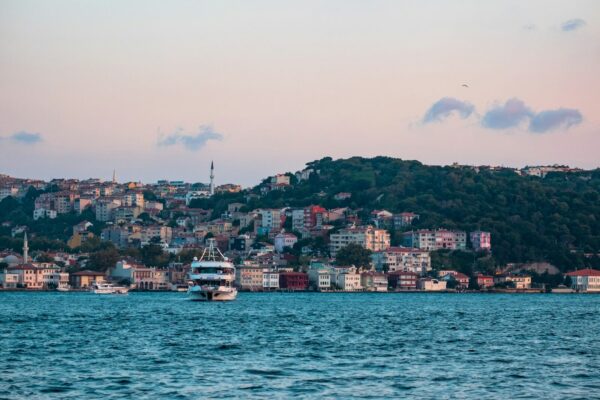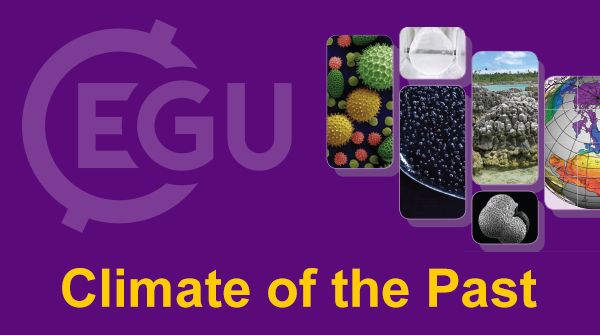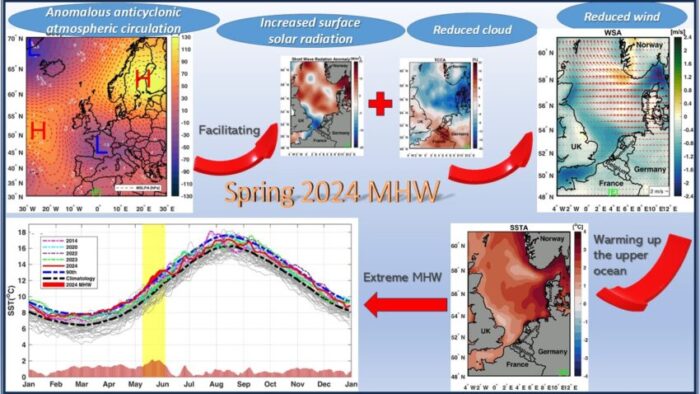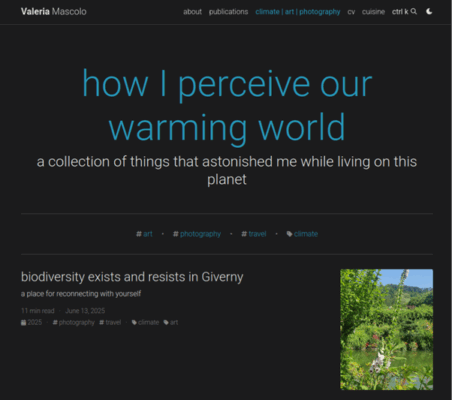Climate change is often described as a challenge of the future. Yet through our latest work, we’ve realized the future is already unfolding across Türkiye’s landscapes and climates. The signs are visible in the shifting seasons, intensifying heatwaves, and changes in rainfall… As one of the authors of the study “High-Resolution Projections of Bioclimatic Variables in Türkiye: Emerging Patter ...[Read More]
20 years of Climate of the Past: A journey through two decades of paleoclimate research
Twenty years ago, a small group of scientists set out to create a journal dedicated entirely to understanding Earth’s climate history. That journal, Climate of the Past (CP), was launched in 2005 as an international open-access journal of the European Geosciences Union (EGU), and over the past two decades it has become a cornerstone for the paleoclimate community. From geological eras to the last ...[Read More]
The North Sea Is Heating Up: What Marine Heatwaves Tell Us About Climate Change?
As scientists, we are acutely aware that our planet’s climate is changing, but the speed and severity of these changes can still surprise us. As global temperatures rise, certain regions become hotspots experiencing more intense and amplified warming. As a postdoctoral researcher at the University of Liège, I have been closely studying amplified warming and marine heatwaves in the North Sea under ...[Read More]
Writing Climate: a blog at the crossroads of Science, Art and Travel
It took me many travels, experiences, and an entire PhD on climate-related topics to realize that all these dots could be connected. How I Perceive Our Warming World is a blog at the intersection of my life passions: travel, art, and climate. It is not about travel, nor about art, nor about climate alone: it is about all of them together. Each of these passions offers a different lens through whic ...[Read More]




